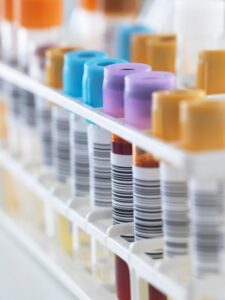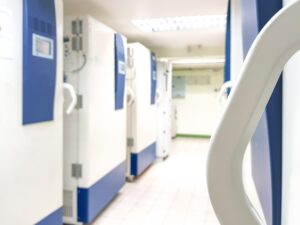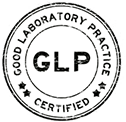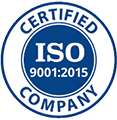
The shelf life of a cosmetic product represents the suggested duration following its production within which the product’s specified quality remains satisfactory under typical circumstances of distribution, storage, presentation, and utilization.





Stability Analysis: The investigation is conducted utilizing the most inert packaging available, irrespective of the final packaging, yielding insights into the product’s stability under diverse environmental conditions.
Compatibility study: Compatibility Assessment: The research is carried out with the product already enclosed in its final packaging, offering insights into the interplay between the packaging and the product under variable conditions.
PAO (Period after opening) study: Refers to the duration during which a product will maintain its stability and safety for human consumption once it has been initially opened.


Various types of accelerated and real-time stability tests are available, featuring standard protocols that can be customized to align with the specific demands of diverse product categories, storage conditions, or client-specific preferences.











